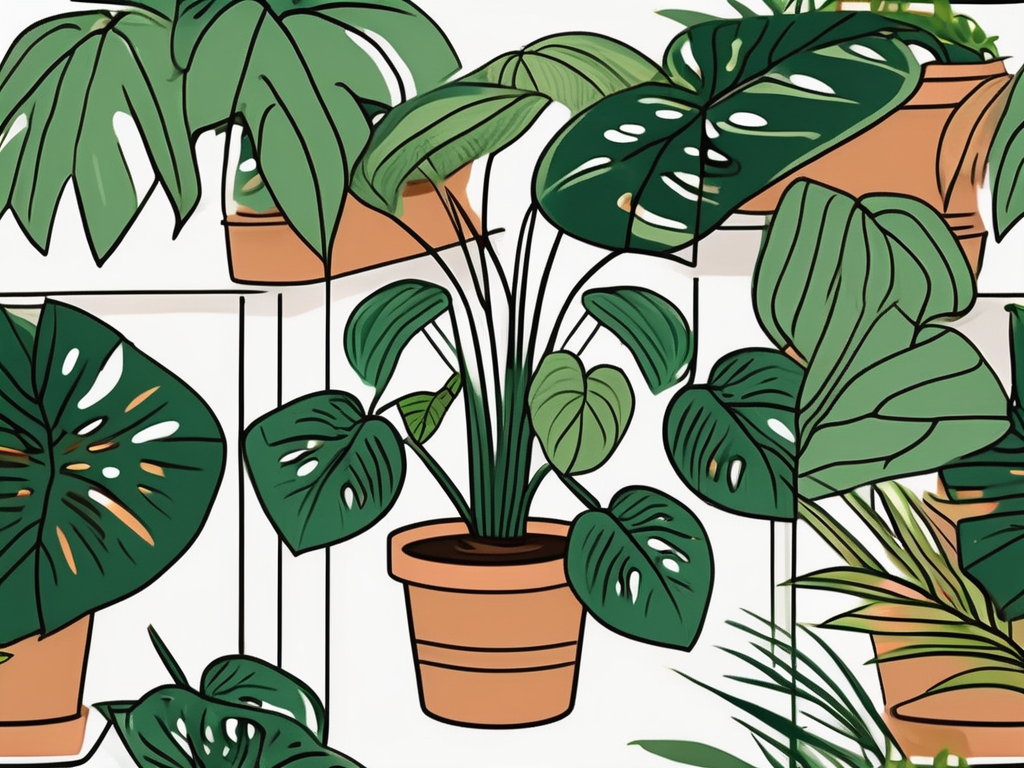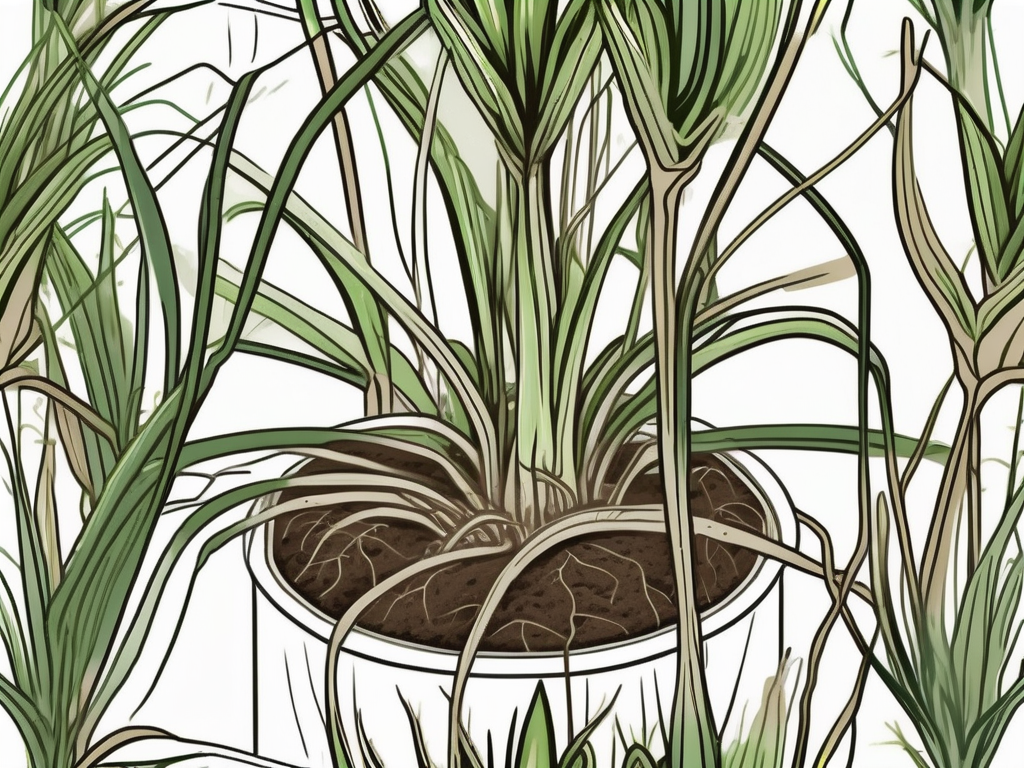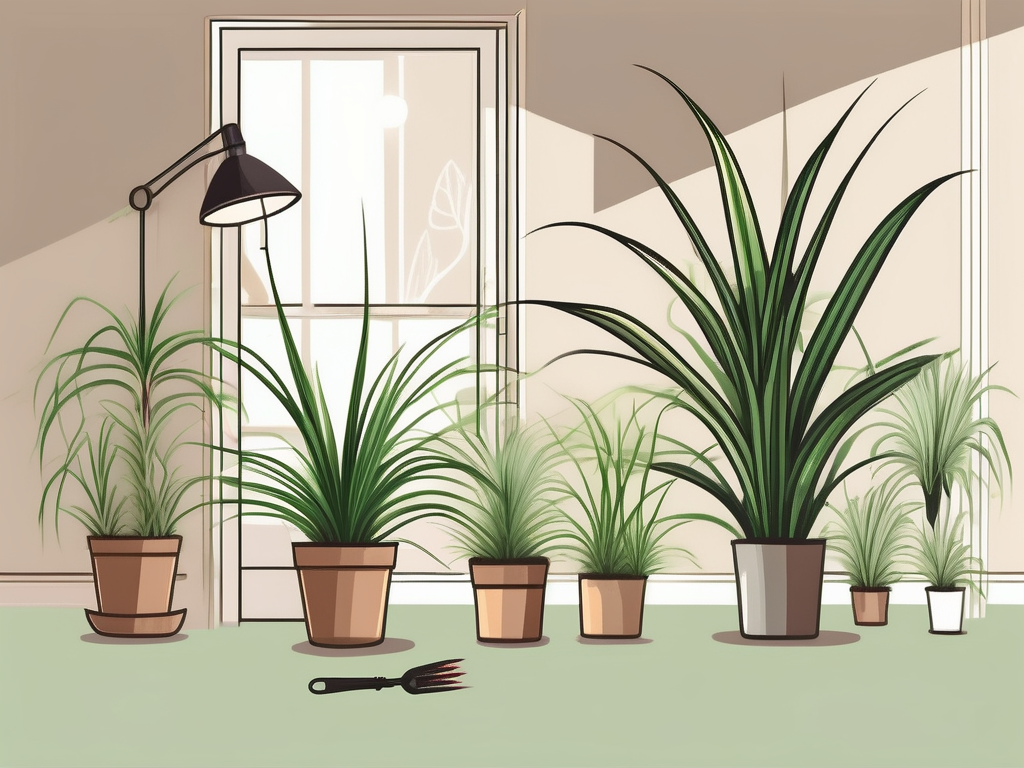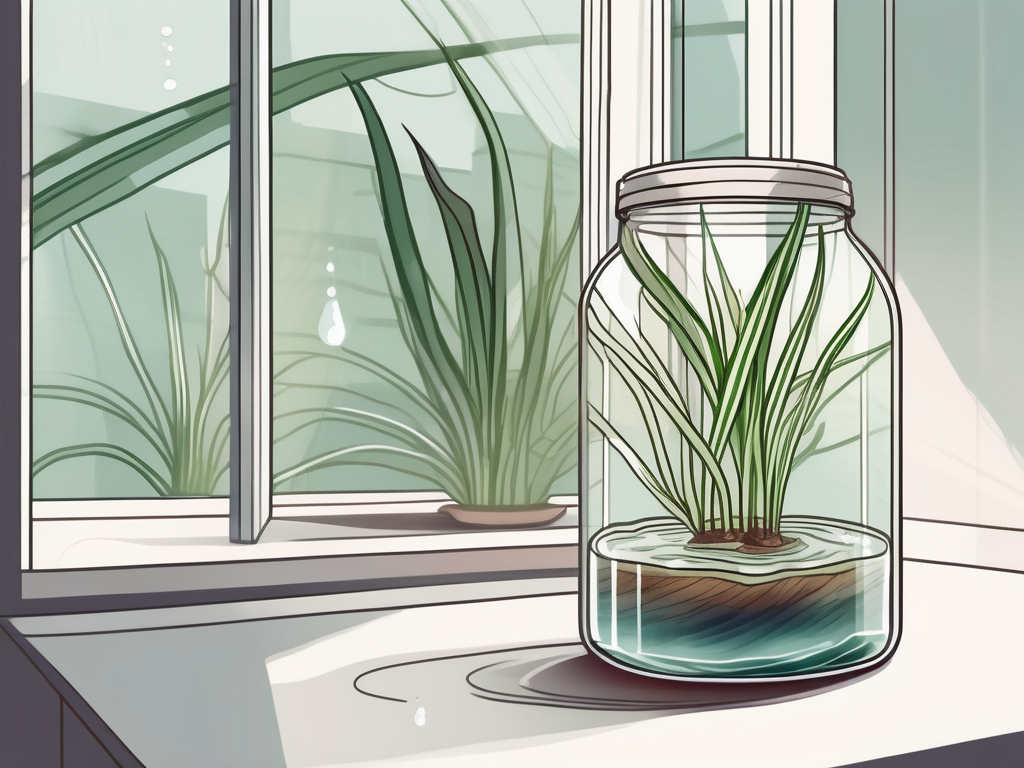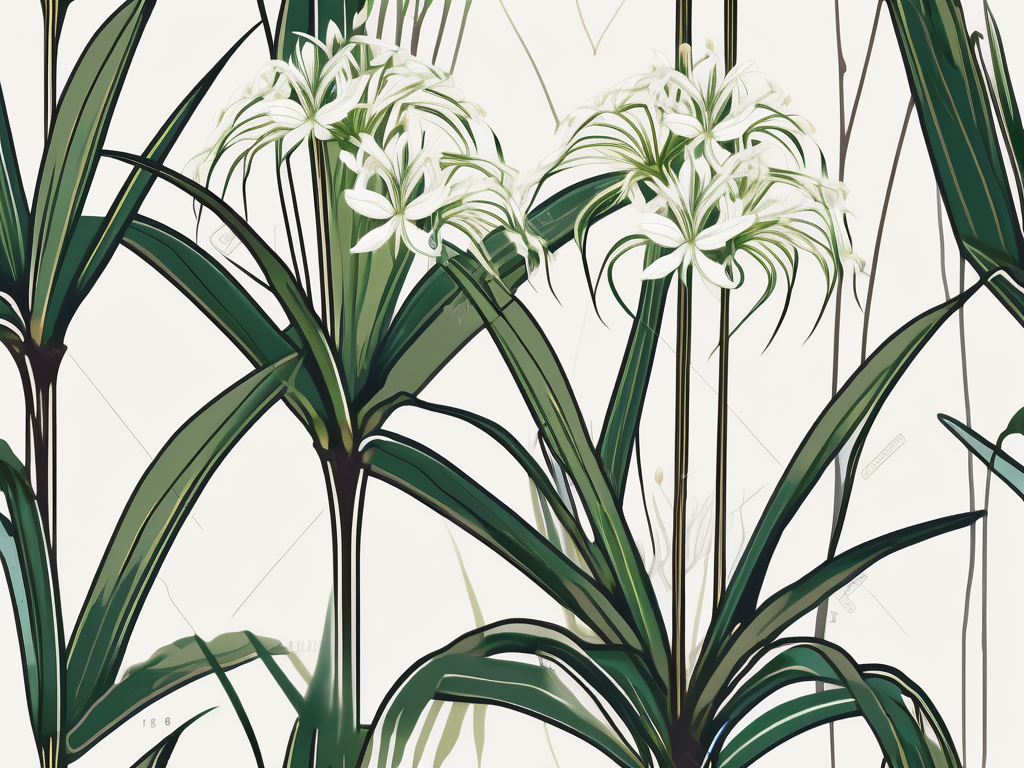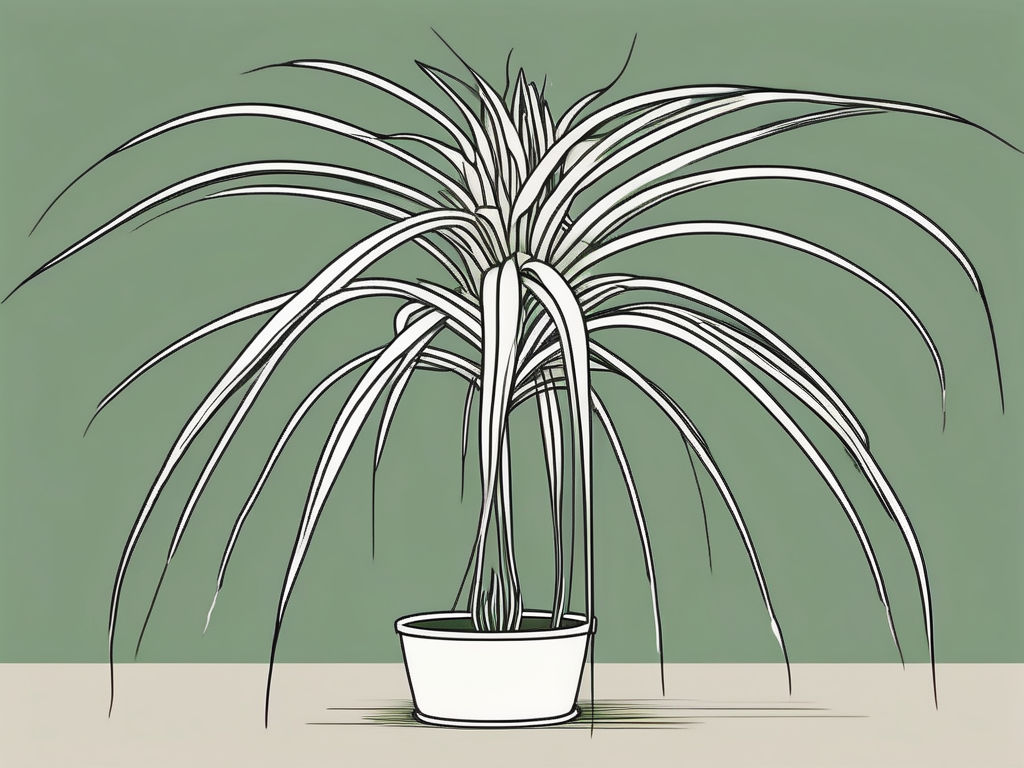
If you’re looking to add a touch of greenery to your home without much fuss, the Hawaiian Spider Plant is a fantastic choice. Known for its vibrant green leaves and easy-going nature, this plant can thrive in a variety of settings. But what exactly goes into taking care of one?
In this article, we'll explore everything you need to know about caring for your Hawaiian Spider Plant, from light and watering requirements to potting tips and pest control. Whether you're a seasoned plant parent or just getting started, you'll find useful tips and insights to keep your plant healthy and happy.
Understanding the Hawaiian Spider Plant
The Hawaiian Spider Plant, also known as Chlorophytum comosum, is a popular houseplant known for its resilience and unique appearance. Its leaves are long and arching, often featuring a striking combination of green and creamy white. This plant is a variant of the classic Spider Plant, with subtle differences in leaf pigmentation and growth patterns.
One of the reasons the Hawaiian Spider Plant is so beloved is its adaptability. It can thrive in a range of light conditions, making it suitable for different areas of your home. Plus, it’s non-toxic to pets, which is a relief for those with curious cats or dogs. Not to mention, it’s a prolific grower, often producing “pups” or baby plants that can be propagated easily.
So, why choose a Hawaiian Spider Plant? Well, it’s perfect for those looking to start their plant journey or anyone wanting to add a low-maintenance green touch to their space. With a little care, this plant can flourish and even help purify the air around you.
Light Requirements: Finding the Perfect Spot
Light plays a crucial role in the health of your Hawaiian Spider Plant. Although it's forgiving and can adapt to various lighting conditions, finding the right balance will ensure it thrives. Ideally, you want to place your plant in bright, indirect sunlight.
If you place it too close to a window with direct sunlight, the leaves might scorch. On the flip side, too little light can lead to slower growth and less vibrant foliage. A north or east-facing window is often a sweet spot, providing ample light without the risk of sunburn.
But what if your home doesn’t have the best natural light? Don’t worry. This plant is adaptable and can also do well under fluorescent lights, making it suitable for offices or rooms with limited sunlight. Just keep an eye on its leaves. If they start to pale, it might be time to move it closer to a light source.
Watering: When and How Much
Watering is one of the trickiest parts of plant care, but the Hawaiian Spider Plant is quite forgiving. The key is to keep the soil consistently moist but not soggy. Overwatering can lead to root rot, which is the most common issue with this plant.
A good rule of thumb is to water when the top inch of soil feels dry to the touch. During the growing seasons of spring and summer, you might find yourself watering more often. In contrast, during the dormant months of fall and winter, the plant requires less water.
A handy tip is to use a pot with drainage holes. This ensures that any excess water can escape, preventing waterlogged soil. If you’re unsure whether to water, it’s better to err on the side of caution and wait another day. Remember, the goal is to mimic the plant’s natural habitat, which doesn’t include standing water.
Potting and Soil: Setting the Foundation
Choosing the right pot and soil is vital for the long-term health of your Hawaiian Spider Plant. A well-draining soil mix is your best friend here. You can use a standard potting mix, but consider adding some perlite or sand to improve drainage.
When it comes to pots, size matters. A pot that's too large can hold excess water, increasing the risk of root rot. Conversely, a pot that’s too small might restrict growth. Aim for a pot that’s just a bit larger than the plant’s root ball, allowing room for growth while preventing water from sitting in the soil.
Repotting is generally needed every one to two years, or when you notice roots poking out of the drainage holes. This is also a great time to refresh the soil, providing your plant with new nutrients. When repotting, gently remove the plant from its old pot, shake off excess soil, and place it in its new home with fresh soil. Pat the soil down lightly to remove air pockets, and water it thoroughly.
Fertilizing: Feeding Your Plant
Fertilizing your Hawaiian Spider Plant can encourage healthy growth and vibrant foliage. During the growing season, from spring to early fall, you can feed your plant with a balanced liquid fertilizer once a month. Make sure to dilute it to half the recommended strength to avoid over-fertilization, which can harm the plant.
During the dormant winter months, you can pause fertilizing altogether. The plant doesn’t require as many nutrients when it’s not actively growing. Always follow the fertilizer’s instructions, and when in doubt, less is more. A little boost now and then is beneficial, but too much can lead to burnt roots and damaged leaves.
Pest Control: Keeping Unwanted Guests Away
While the Hawaiian Spider Plant is relatively pest-resistant, it’s not entirely immune. Common pests include spider mites, aphids, and mealybugs. The good news is that these pests are usually easy to manage with a bit of vigilance.
If you notice any unwelcome visitors, start by isolating the affected plant to prevent the pests from spreading. You can then gently wipe the leaves with a damp cloth or spray them with a mixture of water and mild dish soap. In more severe cases, neem oil or insecticidal soap can be effective treatments.
Regularly inspecting your plant can help catch any infestations early. Look for any sticky residue on the leaves or web-like structures, which are signs of pests. Keeping your plant clean and dust-free can also discourage pests from settling in.
Propagation: Growing Your Plant Family
One of the joys of owning a Hawaiian Spider Plant is its ability to produce “pups” or offshoots. These are small versions of the parent plant that can be propagated and grown separately. Propagation is a straightforward process and a fantastic way to expand your plant collection or share with friends.
When your plant produces pups, wait until they’re big enough to have a few roots of their own. You can then cut them away from the mother plant with clean scissors. Plant the pups in fresh soil, ensuring the roots are covered, and water them lightly.
It’s usually best to propagate during the growing season when the plant is most active. This increases the chances of successful rooting. Plus, it’s an excellent opportunity to tidy up your plant and encourage new growth.
Designing with Hawaiian Spider Plants
Incorporating a Hawaiian Spider Plant into your home decor is both stylish and functional. Its cascading leaves make it an attractive choice for hanging planters or elevated shelves, adding visual interest and a touch of nature to your space.
Consider pairing it with other plants to create a lush indoor garden. Its green and white leaves contrast beautifully with darker foliage, making it an excellent companion for plants like the ZZ Plant or Snake Plant. Additionally, its air-purifying qualities make it a perfect addition to bedrooms or home offices.
Don’t be afraid to get creative. You can place it in a decorative pot that complements your room’s color scheme or use it as a centerpiece on a dining table. The possibilities are endless, and the plant’s versatility makes it suitable for any interior style.
Common Problems and Troubleshooting
Despite being low-maintenance, the Hawaiian Spider Plant can occasionally encounter issues. Yellowing leaves are a common problem, often indicating overwatering or a lack of nutrients. Adjust your watering schedule or consider fertilizing to remedy this.
If you notice brown tips on the leaves, it might be due to fluoride in your water. Using distilled or rainwater can often solve this issue. Additionally, check your plant for any signs of pests, as they can also cause leaf damage.
Another issue is stunted growth, which might indicate that the plant is root-bound. In this case, repotting into a slightly larger pot can give the roots more room to expand, promoting healthier growth.
Final Thoughts
The Hawaiian Spider Plant is a delightful addition to any home, offering beauty and ease of care. With the right balance of light, water, and occasional feeding, this plant can thrive and bring a touch of nature to your space.
At Cafe Planta, we're passionate about helping you succeed in your plant journey. Whether you're browsing for new plants or need advice, we're here to support you. Feel free to email us or reach out on Instagram. Let's grow together!















